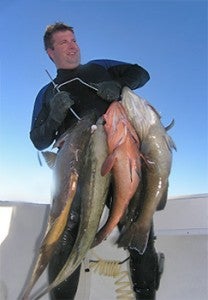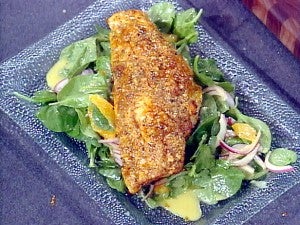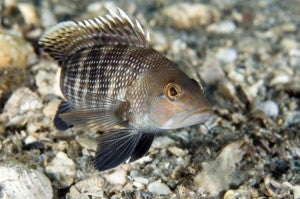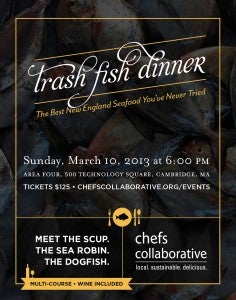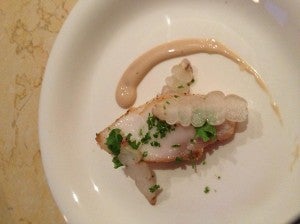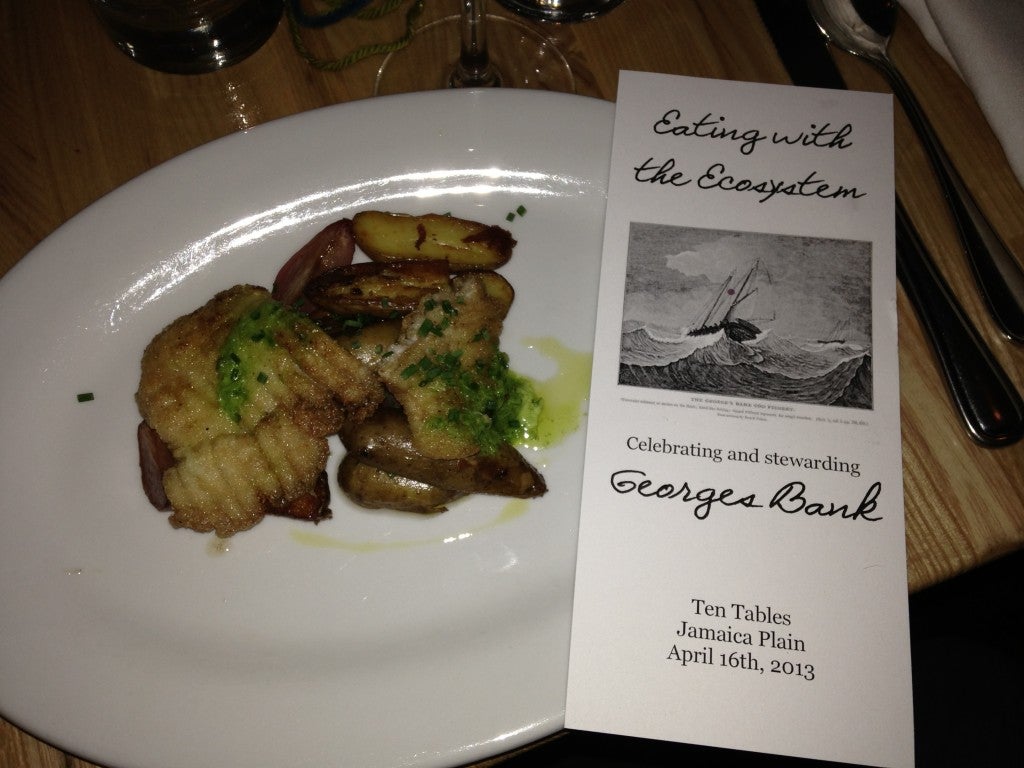 Eating with the Ecosystem is a project created to help consumers learn about the marine waters from which New England seafood is harvested. The project aims to build upon related efforts focused on sustainable seafood and eating local by urging consumers to think about the suite of species living together in a given place, and their ecological interactions and fluctuations in abundance. In other words, their mission is to grow awareness of individual species to awareness of the entire ecosystem.
Eating with the Ecosystem is a project created to help consumers learn about the marine waters from which New England seafood is harvested. The project aims to build upon related efforts focused on sustainable seafood and eating local by urging consumers to think about the suite of species living together in a given place, and their ecological interactions and fluctuations in abundance. In other words, their mission is to grow awareness of individual species to awareness of the entire ecosystem.
One important message of Eating with the Ecosystem is that consumers should focus on healthy stocks so that we benefit from abundance while allowing other resources to recover. Today, this means being willing to try species that are unfamiliar to many seafood lovers. As we work to recover well-known species like cod and flounder, species such as dogfish, skates, hake, pollock and redfish present opportunities to offset lost revenue for fishermen, and for diners to try some new tastes. Fortunately, based on the results of a poll conducted collaboratively by EDF and the Center for Marketing Research at UMass-Dartmouth, consumers seem willing to give those species a chance. Read More










